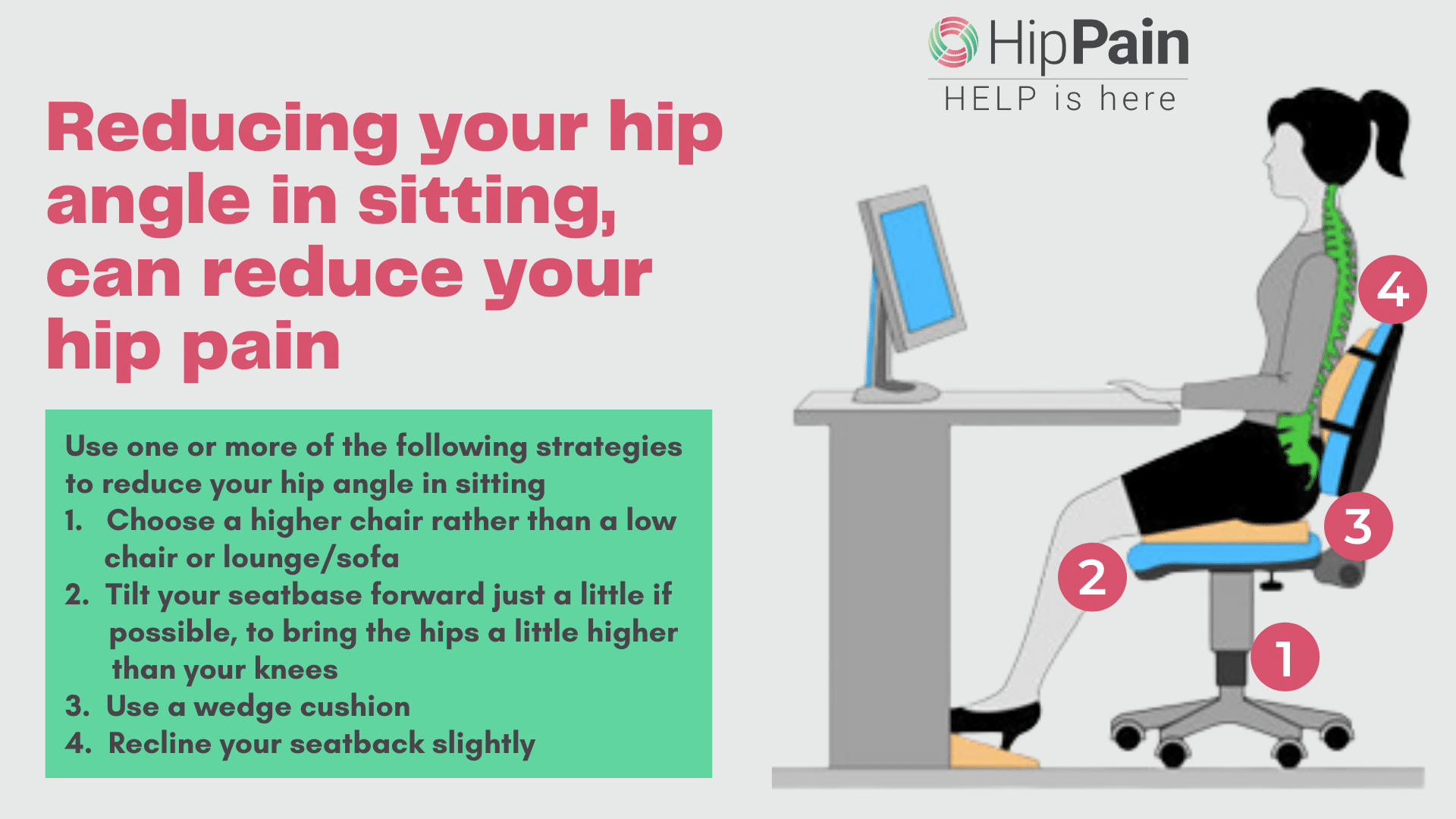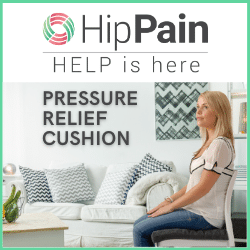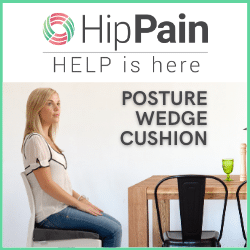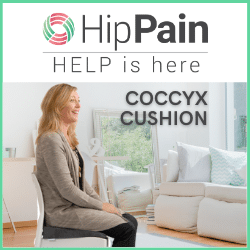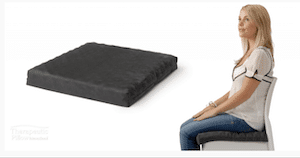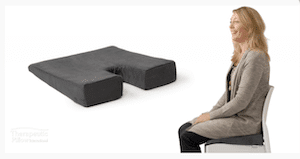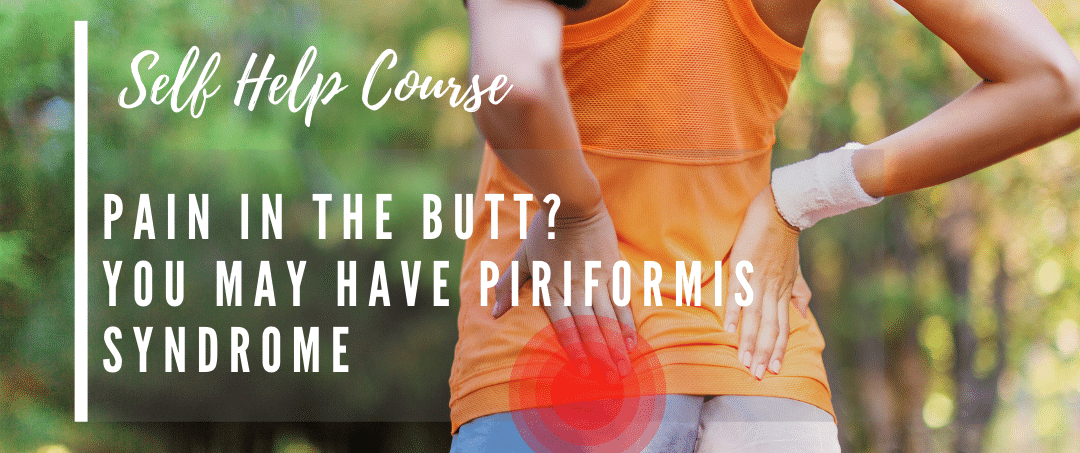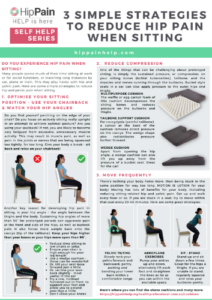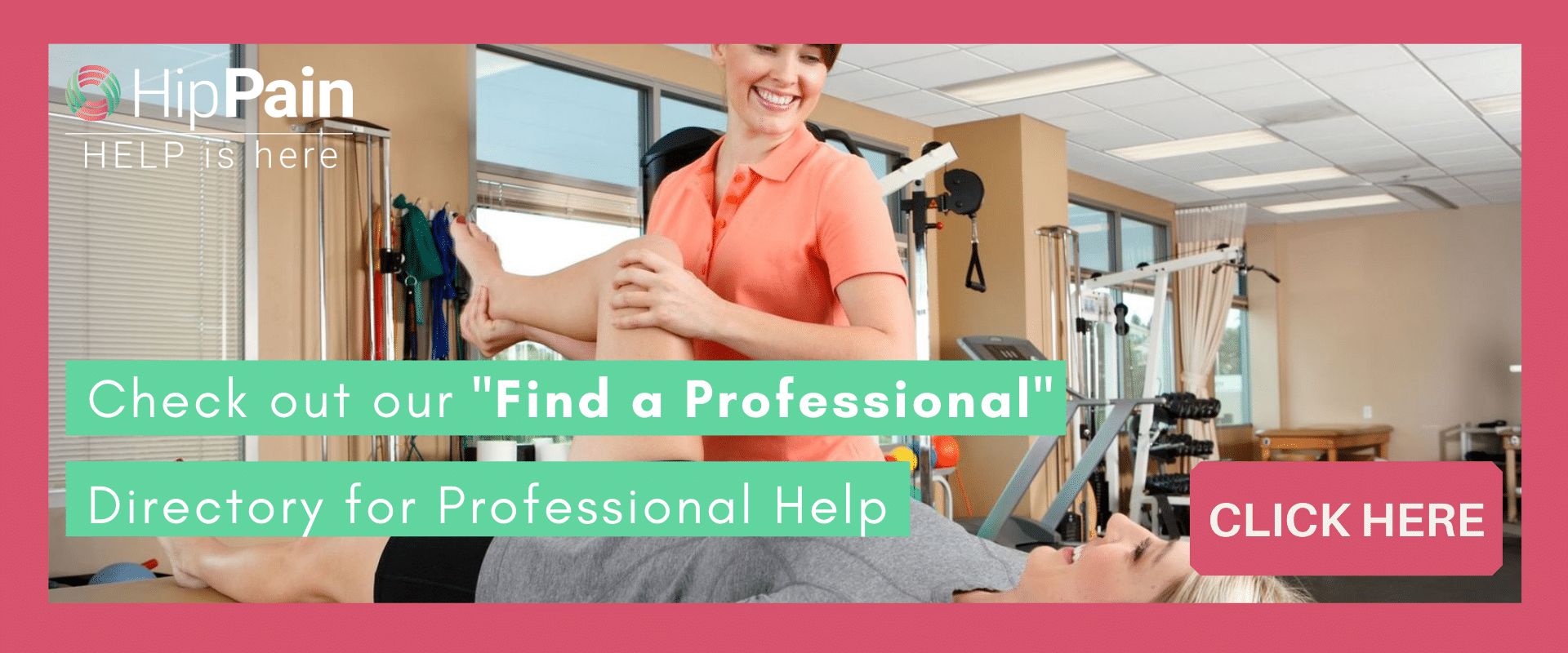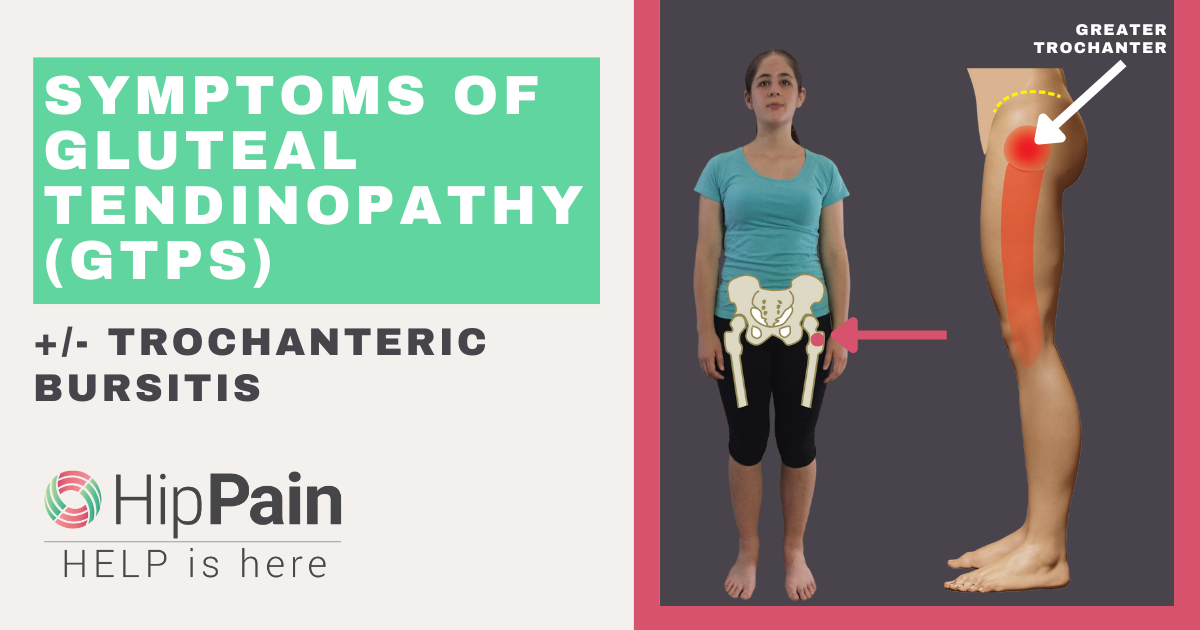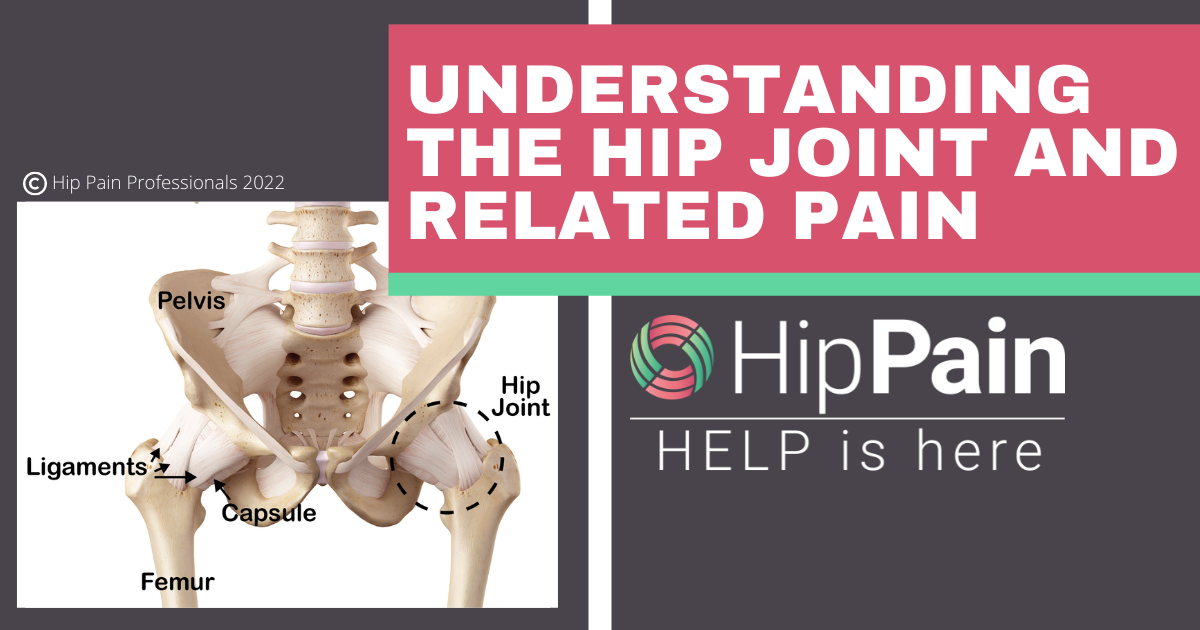Key Strategy 3 for hip pain relief in sitting: Move Frequently
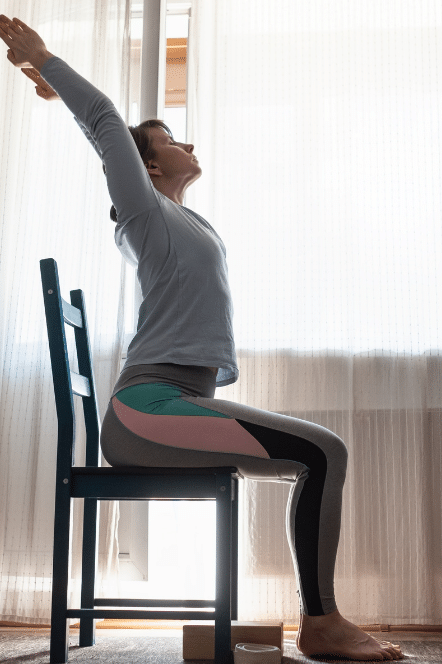
Just remember, MOTION IS LOTION for your body. Moving has lots of benefits for your body but in this situation will help relieve sitting pain. If you are stuck in a seat, try to move within that seat:
- slowly rock your pelvis forward and backward, gently arching and bending your lower back within a comfortable range
- move your legs – those aeroplane exercises are really good for you – pump your ankles up and down, alternately lift each foot and straight the knee as far as you can within the space
- squeeze and relax the gluteal muscles of the buttock – this helps ease the pressure on your bottom and stimulates blood flow through the area.
Even better, wherever possible, get up & move. If you are travelling in a plane or train, get up regularly and take a short walk up the aisle. If you are travelling in a car, make a point of stopping every hour at a minimum. Yes, we’re all in a hurry to get to our events but in the long run stopping for a short break each hour will mean you reach your destination in a much better state. Avoiding driver fatigue also reduces the chance of motor vehicle accidents, so drive safe and stay comfortable this holiday period.
If you are sitting at a social event, find an excuse to get up and walk or suggest to the person you’re talking to that you continue your conversation while talking a stroll – chances are they are sick of sitting too!


